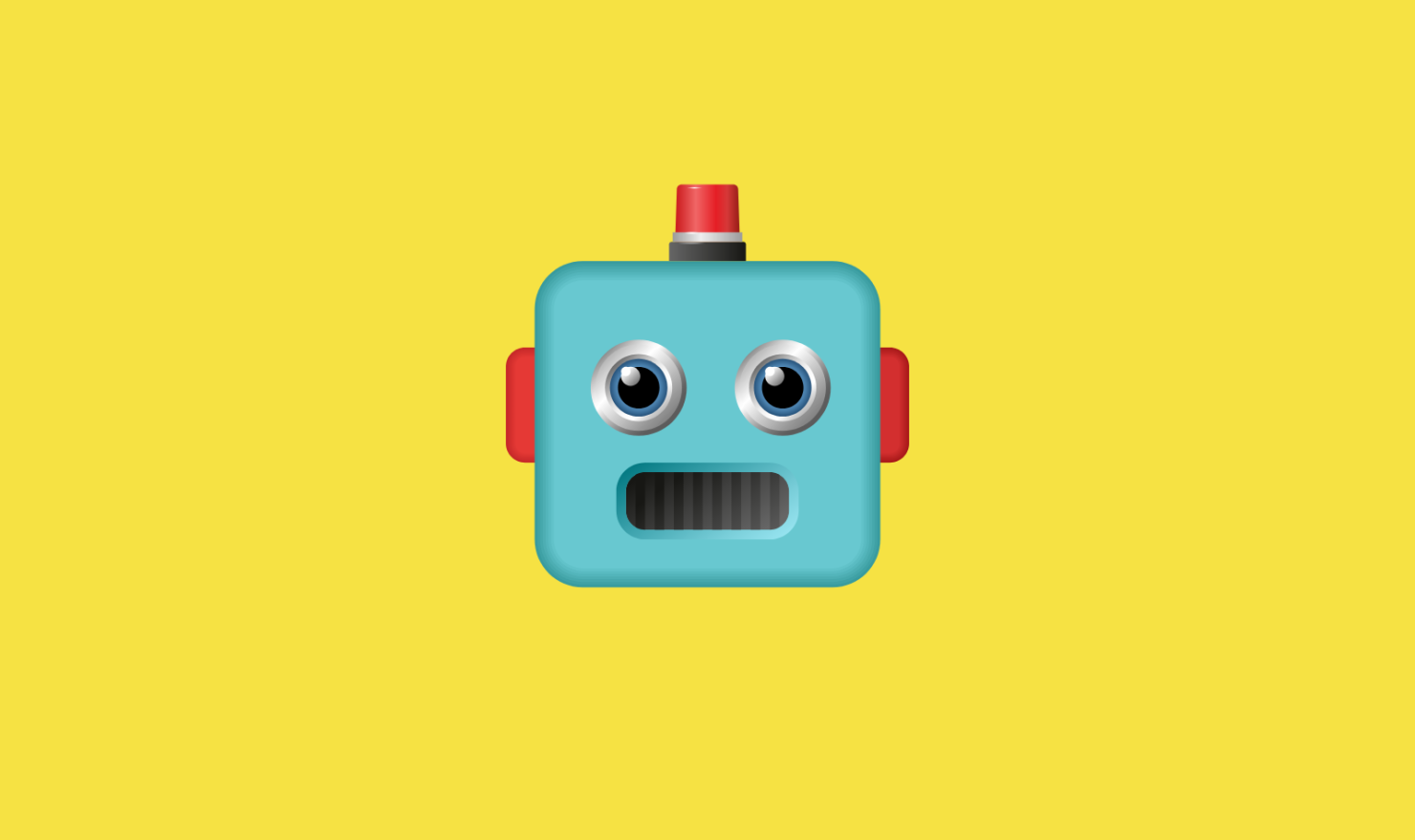AI For Ad Copy? It’ll Never Hold A Candle To Humans

Brand Communications Manager, Stephanie Caldecott, investigates the new ways that AI is being explored for content, and why this method of content creation doesn’t hold a candle to the more traditional, human-led way of creating content.
For anyone that, like me, spends a large majority of their down time scrolling TikTok, you might have seen some of the hilarious, yet slightly unhinged, accounts that showcase the image and video content created by AI.
More often that not, it’s terrible, wooden, cheesy, and cliched – to be expected from an AI that’s only creating this content from the information its already processed.
In 2021, Netflix allegedly forced an AI to watch its entire catalogue of romantic comedies, before challenging it to create a romantic comedy of its own, with the following result:
Netflix also did the same with horror films, and Christmas films – which I’ve watched, but I’ll save you the pain of having to sit through, and tell you that they are just as bad as the romcom.
Despite how truly terrible these ‘films’ are, they got me thinking – what would an AI come up with for content such as landing page, blog, email or even ad copy?
I’m probably (definitely) a little late to the party, but I recently discovered AI-driven content platform copy.ai, which in principal, I think is a fantastic idea for those planning and scheduling large volumes of short-form content, who have little time to do so.
Copy.ai defines itself as an ‘AI content generator that delivers premium results in seconds,’ and true to its word, delivers content that is actually, alright. Prior to generating content, users are asked to input a few details to assist the AI such as product/service name, description, and even has a drop-down menu for the tone of voice desired.
The issue lies in both the detail and the organisation, which both feel a little out of sorts and not directly ‘on-brand,’ and overall, just a little bit dry.
In all fairness to copy.ai, they include ‘edit, polish, and publish’ as the final step in the content creation process through their website, so seem well aware that AI isn’t quite ready to create content without the input of the user.
However, even if AI was advanced enough to create publishing-ready content, here’s why it doesn’t hold a candle to humans when it comes to creating meaningful, effective content and copy that drives growth:
1- Emotion
The emotion we feel about certain things is, more often than not, a driving force behind the way we present it to others. Just look at the way the supporters of different football teams publicly react to the news that their team has either won or lost. For AI, the factual element of any piece of content is the driving force behind it, whereas for humans, how they feel about the topic becomes the driving force.
2- Originality
Currently, and in basic terms (because I sure don’t know enough about it to know the scientific ins and outs), the way that AI creates content is by consuming information and data, and creating something based on what it has seen. There’s no opportunity for original thought, opinions, or theories – which often makes for some of the most interesting content out there.
3- Awareness
Let’s think of the likes of Katie Hopkins or Andrew Tate as AI right now – they don’t seem to have any idea about the damaging, hurtful, or offensive content that they often put out there has, along with the consequences that might come as a result of it – imaginably as an AI wouldn’t. However, the difference is that we can’t blame an AI for not acting in a humane way… they aren’t human.
All in all, whilst the future of AI looks exciting and promising (if not a little scary), right now, it requires human intervention in order to create content that adds value and does what it has been written to do. Essentially, humans can do both – ensure that the factual, informative and SEO-optimised content is present alongside human emotions and opinions.
For ad copy especially, it’s hard to imagine that AI could ever reach a level of sophistication that would remove the need for vetting by humans – especially with the sheer amount of work, research, and previous training that goes into recognising how to write fully optimised, effective, and relevant ad copy.
At the risk of sounding biased, I’d recommend that businesses continue to invest in the tried and tested (and human) methods of content creation to best promote their services and products, and drive business growth – something that here at Circus, we’re pretty skilled in… check out our previous success stories here.
P.S. I promise this article wasn’t written by a robot.





